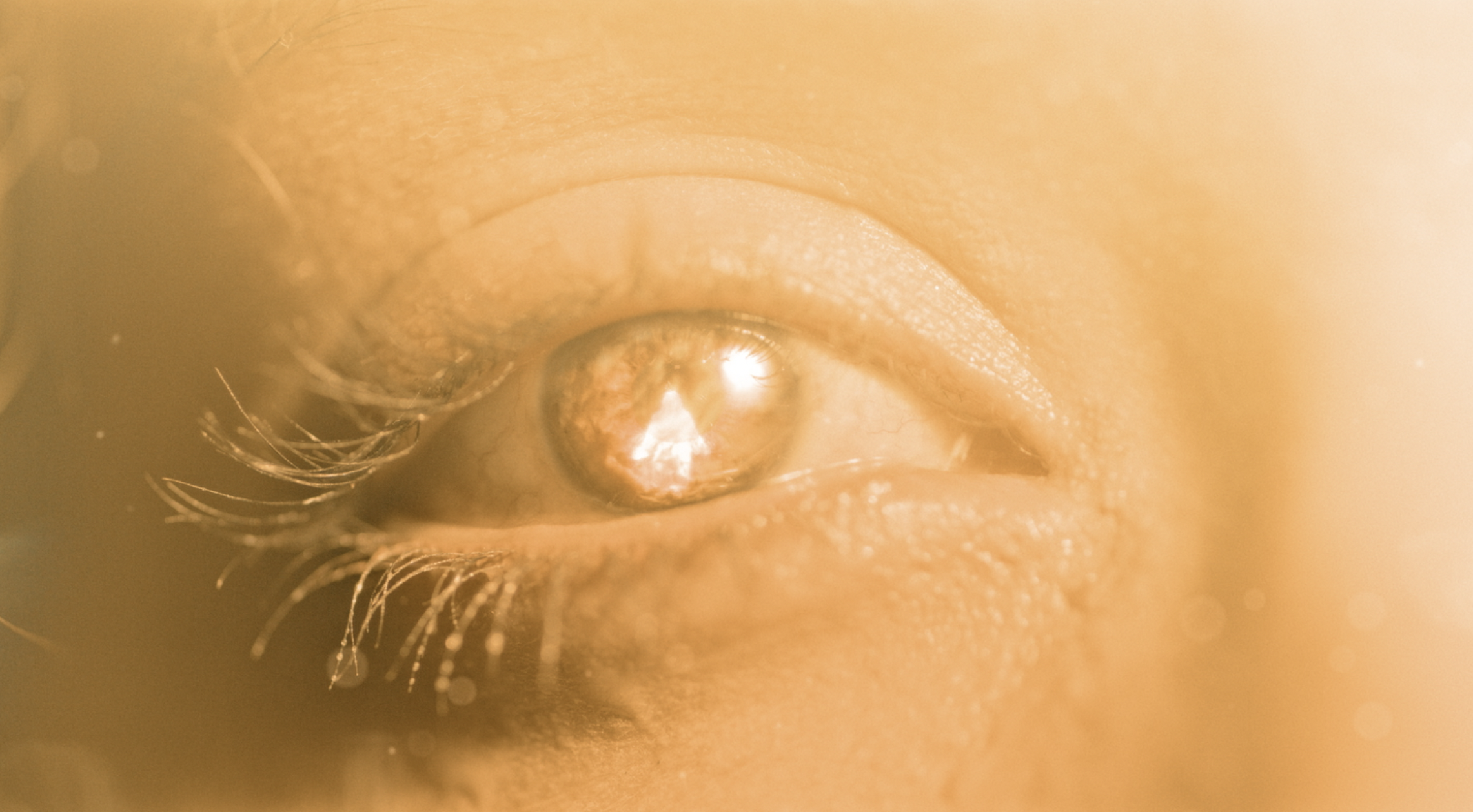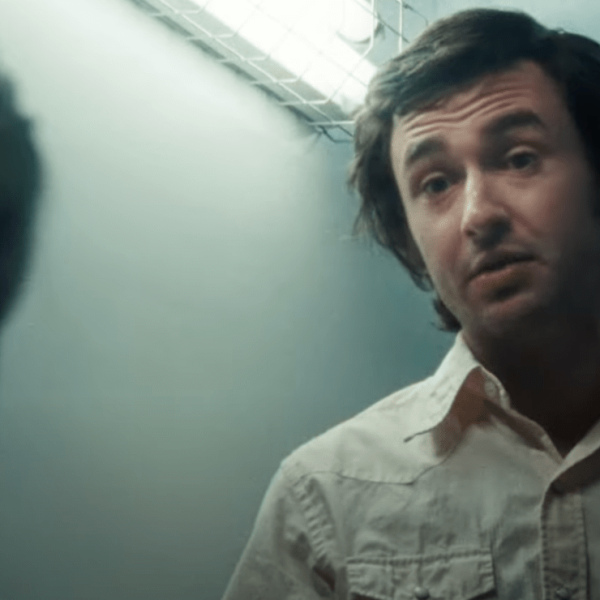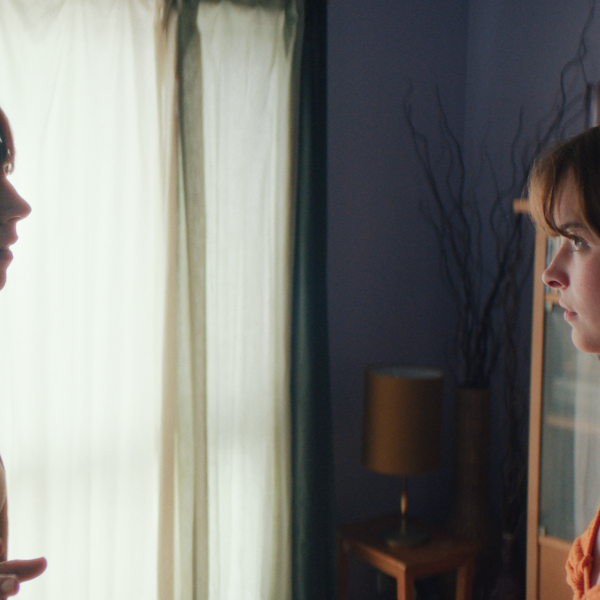Watching Stephen Gray and Chris Radtke’s “After Death,” a faith-based documentary about near-death experiences that was produced by the same company behind “Sound of Freedom” (last summer’s most popular movie among people who might accuse you of being a pedophile on Twitter), I was reminded of something that Lou Reed famously never said: “Only a few chosen people have been lucky enough to bask in the light of Jesus Christ during the kind of disembodied episode that might accompany a terrible car accident or a life-saving operation, but every one of them has apparently turned it into a full-fledged career.”
Which isn’t to suggest that Dr. Mary Neal is lying about the heart-to-heart she had with the son of God after drowning in a kayak, or that ordained minister and “90 Minutes in Heaven” author Don Piper doesn’t sincerely believe in the story that sold more than six million books and got adapted into a movie where he was played by Hayden Christensen, it’s only to observe that nearly dying seems to make for a decent living. The overwhelming majority of the interview subjects in “After Death” are professional “I saw Heaven and it bore an uncanny similarity to how it’s described in Christian theology” people. That’s even true of obligatory “skeptic” Michael Sabom, a former cardiologist who draws from his increasingly religious output about the physiology of near-death experiences (or NDEs) to help disguise this movie’s “700 Club”-level hokum behind a cheap veil of pseudoscience.
Audiences who swear by the gospel of Colton Burpo probably won’t see the problem here, but those of us who are less inclined to believe — like, for example, an agnostic Jewish film critic who came face-to-face with God at a Radiohead concert in 2003 and returned from Giants Stadium with the ticket stub to prove it — might struggle to accept a handful of teary anecdotes and bizarre medical anomalies as compelling evidence that Christianity got everything right about life after death. On the contrary, such viewers are liable to be left with more questions than answers.
Questions such as: If no two NDEs are alike, then why do Gray and Radtke illustrate all of them with the same screensaver-esque imagery of starry mountains, fire-lit eyeballs, and streams of white light ejaculating out of the Earth towards the sky? Is Terrence Malick getting residuals for all the shit this movie strip-mines from “The Tree of Life,” or will the “pay it forward” scheme that made “Sound of Freedom” seem like such an enormous success make it too difficult for people to account for the profits? After Dr. Neal relates her story about “being held by Christ” as she went under the rapids and insists that “it’s just something that’s outside our language,” why do people then continue to talk at us — in “our language” — for another hour?
Which brings us to the only important question that “After Death” actually bothers to ask, if only by accident: Why is it so important to both the filmmakers and their interview subjects alike that audiences share their faith in the great beyond? The people onscreen bemoan the fact that no one takes them seriously, and I was fascinated by the realness of their frustration in the face of such fanciful visions, and how it sometimes curdles into measured fits of rage. One of the interviewees — a humble prophet — even goes so far as to insist that Jesus instructed her to tell the people of Earth what she had seen during her NDE, which would make this documentary an indirect message from Christ himself.
Being content with self-belief is obviously anathema to the evangelical spirit that keeps Angel Studios in business, but that doesn’t make it any less disturbing that “After Death” — a repetitive slog that’s only shape or narrative momentum comes from its slow unmasking as religious propaganda — ends with someone lamenting the fact that so few people believe in heaven anymore, even now that medical technology has made NDEs more common than ever (naturally, that message isn’t actually the end, but rather the start of something new: The closing credits are interrupted by a “special message” in which the directors implore moviegoers to buy tickets for other people through the pay it forward program).
There may not be anything particularly insidious to the common religious notion that life is just a prelude to the glory or horror of what comes next (and yes, “After Death” boasts an iffy chapter about a drug addict whose NDE took him to the gates of hell), but in the context of such flimsy charlatanism it can’t help but feel a bit sad — even perverse — to watch a film co-opt documentary language to make such unfounded promises about the next world to the people still living in this one.
Sabom goes so far as to describe this mortal coil as “being lived on a flat black-and-white wall,” and likens the emergence into the afterlife as being “lifted off that 2D painting and brought into a 3D room of color all around you.” If only this movie had been designed for the Sphere, perhaps the filmmakers might have been able to convey that such beauty and vividness is possible right here on Earth. Alas, the fact that “After Death” was made by and for people who essentially think of life on our planet as the parking lot outside the universe’s sickest light show is all the explanation you’d need to understand why this movie is such a braindead bore. “Be skeptical,” Sabom implores, and while it’s hard to ignore the clear implication that we’re meant to to be skeptical of everyone else, few documentaries have ever made it easier to question what’s on screen.
Now please stick around for a very special message about how you can Venmo me lots of money so that other people might be able to experience the eye-opening wisdom of my film criticism.
Grade: D
Angel Studios will release “After Death” in theaters on Friday, October 27.




